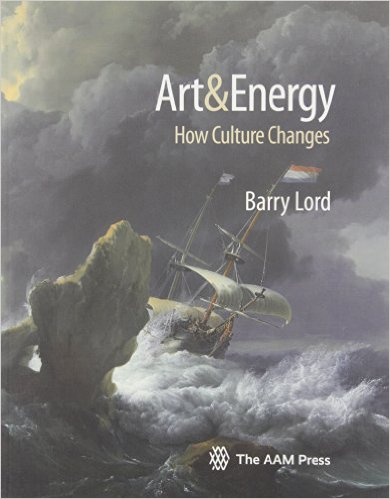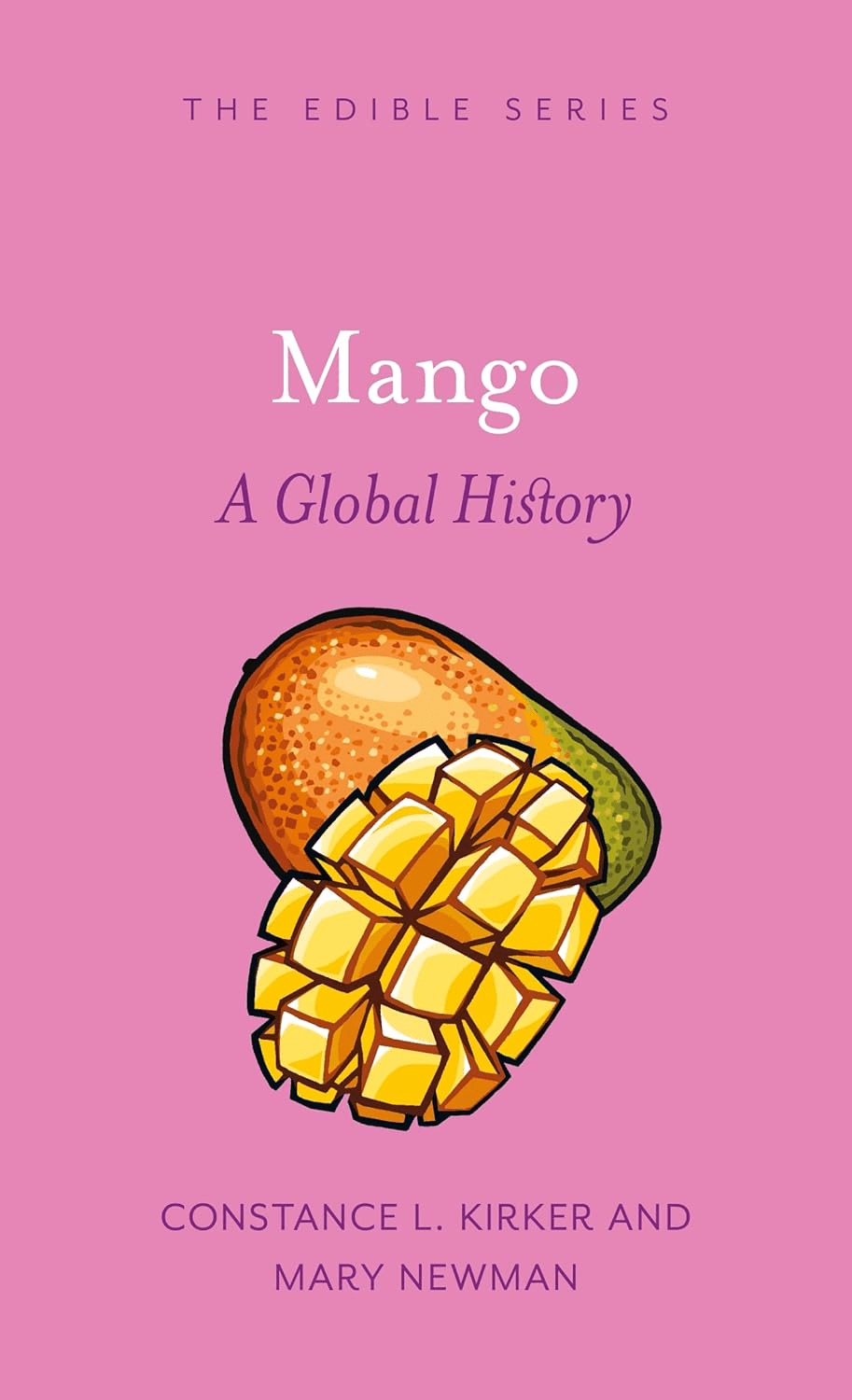
Art & Energy: How Culture Changes
Robert W. Lebling
Barry Lord
2014, AAM Press, 978-1-93325-391-6, $34.95 pb.
This unusual book explores the evolution of human energy sources over the centuries and how the accompanying societal and cultural changes were expressed in art. The transition from one dominant form of energy to another is an opportunity for great cultural change and creativity, writes Lord, a noted museum planner. He traces energy use from the introduction of fire around 1.5 million years ago to the 21st-century development of renewable, sustainable power sources. Between these two poles, he explores the introduction of agriculture, the development of forced human labor or slavery, the introduction of coal energy and steam power, the 20th-century shift to an oil-and-gas-based economy and the push toward nuclear power begun during the Cold War. With well-chosen illustrations, the author sets forth the varied cultural conditions that produced some of the world’s great art, from hunter-gatherer times until today. He notes how hydrocarbon-energy production has driven the development of art centers in the Arabian Gulf area, notably the United Arab Emirates’ ’s Saadiyat Island featuring the Louvre and the Guggenheim Abu Dhabi, as well as Saudi Arabia’s King Abdulaziz Center for World Cultures, under construction in Dhahran.
